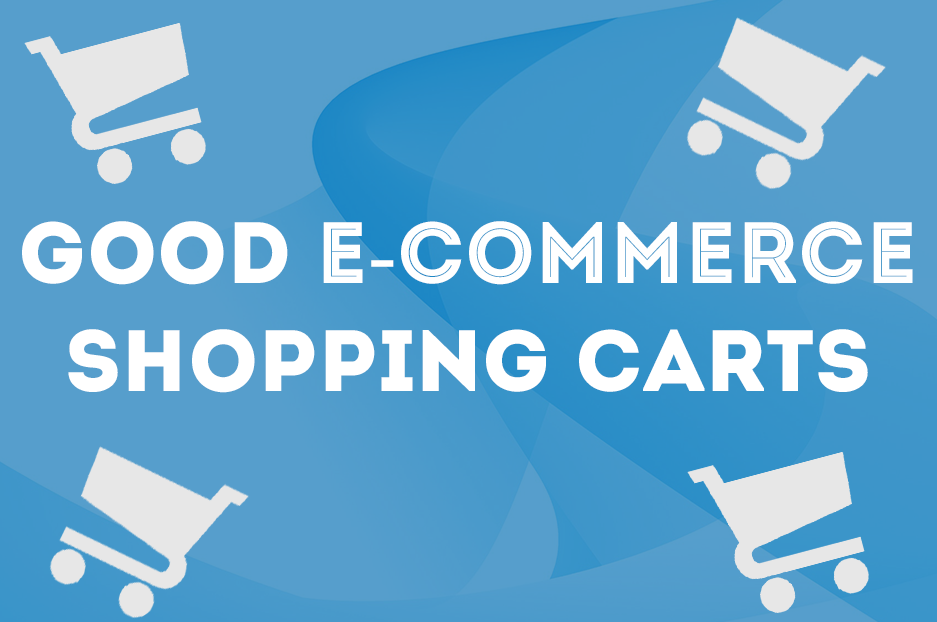E-commerce shopping carts, baskets, bags — whatever they are called, their purpose remains the same. Thanks to them, shoppers have a chance to review the goods they have chosen, make their buying decision and proceed to checkout. Compared to the baskets and trolleys of brick-and-mortar shops, e-commerce ones have much more influence on the final decision. That’s why, among the best e-commerce website usability practices, one of the more prominent is the art of making shopping carts user-friendly and purchase-encouraging.
So if you are here after some helpful tips, prepare your “shopping basket” and get some of them right now — as a gift ;) We hope they will be helpful!
Online shopping cart design tips
Basically, a basket should show what the user is buying (preferably with a photo), how much it costs and what the next steps are. But that’s not all — so let’s delve into more details.
No basket-finding quests
It may sound too obvious, but many online retailers ignore it. Imagine you have picked some goods in a brick-and-mortar shop and added them to your basket. Then suddenly they disappear from sight. Hellooo! Maybe it’s a kind of quest, but what if you are not in a questing mood to search for the basket?
It’s the same on many e-commerce websites. A user adds something to a cart and sees no change on the page, has difficulty finding the cart, or, most importantly, is not nudged to go there. So, it’s important to show the cart with its contents to the user instantly.
Mini carts and full-page carts
There are two common forms of e-commerce shopping carts. Mini carts usually appear in the sidebar or in the top right corner and include only the most essential information, while full-page carts occupy the entire page and show more useful details. The best practice is to combine both by offering the link from the mini cart to the full cart.
It’s great when a minimized cart, for example, in the form of a conspicuous, color-highlighted icon with clearly visible contents, accompanies the user everywhere throughout the website as they continue shopping.
Clear ‘proceed to checkout’ and ‘continue shopping’ options
The basket is the last page before checkout, so it should prominently invite the buyers there. That’s the primary goal of every online store. However, customers should also be offered an option to continue shopping, so it’s best to have both options well highlighted and hard to miss. In some shops, there is a strong emphasis on leading the customer to check out and away from the catalog. This makes sense if you sell expensive and exclusive goods that are usually bought one at a time.
Costs, clear costs and no hidden costs
Before the user proceeds to checkout, they should see clearly how much they are about to pay and what this price consists of: the product cost, the shipping cost, discounts (if any), and, of course, the total sum. Include everything — never add anything else in the later steps, because hidden extra costs may cause annoyance and lead to you losing your customer’s trust, which is much more valuable than money.
Payment options and security
The full-page basket should include payment methods and security credentials, preferably in the form of payment and security system logos.
The power of fonts and information hierarchy
The information in your e-commerce shopping basket should be presented in a way that is easy to read and understand. Use clear, varied fonts, as well as colors and other design elements to logically highlight the text items according to their importance.
Storing the goods
A significant difference from the physical stores is the opportunity to save goods in the shopping basket and come back to them later. Some shops don’t have this option, and there is also a practice of setting an expiry time on the basket in order to urge customers to make their purchase. However, some shops store the basket contents (with the help of cookies), so they are always available to buyers when they finally make up their minds, which looks more user-friendly.
Cross-selling options
Why not grasp the opportunity to offer similar products next to your e-commerce shopping basket? “The clients also chose,” “you might be also interested in” — these and many other ways serve to encourage the customer to buy something more.
Thanks for reading these e-commerce shopping cart design tips. And now, as a bonus, you will find an offer in your ‘basket’ ;) We are ready to improve or create from scratch any online shop functionality, as well as build a new fresh store for you in accordance with all the best web design practices.
Please proceed to checkout… that is, contact us now ;)
Let your e-commerce website be full of happy users and their shopping carts always full of products!

